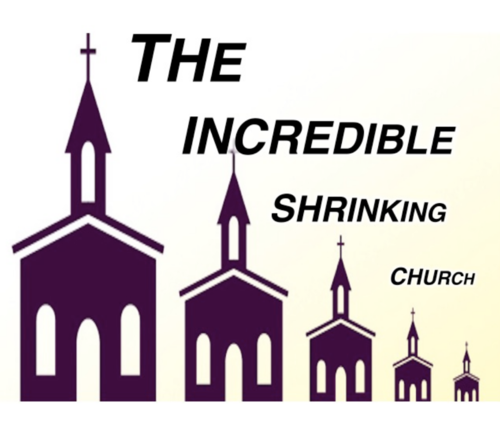Being an academic is an exercise in the absurd.
That’s what I’ve realized after doing this for the better part of two decades. For instance, I have devoted thousands upon thousands of hours to trying to untangle a very difficult puzzle: When people are asked about their current religious status on surveys, what is the mental process they go through to arrive at an answer?
For some, it’s pretty straightforward. They go to Mass every Sunday and have for years. They are a Catholic. On to the next question.
But what about the person who was raised Southern Baptist and used to go twice a week as a kid, but now hasn’t darkened the church door in a few years?
Are they still a Southern Baptist or are they a none? I mean, it’s up to them to decide. Not anyone else. And, my basic premise in social science is simply this: when people tell you who they are, you have to believe them.
That’s what makes religious switching such a fascinating topic. It’s happening every single day. Thousands of times. Without any fanfare or big declarations, people leave religion behind or chose a different faith when taking a survey. And yet we only have a very basic understanding of the mechanisms that make all that happen.
Just how often is switching happening? And are there certain traditions that seem to be more porous than others? For journalists and news consumers, these are very relevant questions.
I used the General Social Survey to answer those questions. Luckily, since the very beginning of the GSS in 1973, they have been asking, “In what religion were you raised?” That means that we can track switching over nearly the last 50 years.










